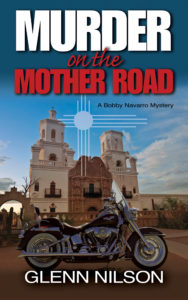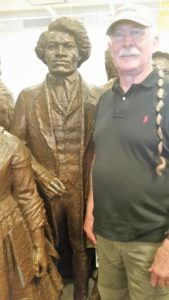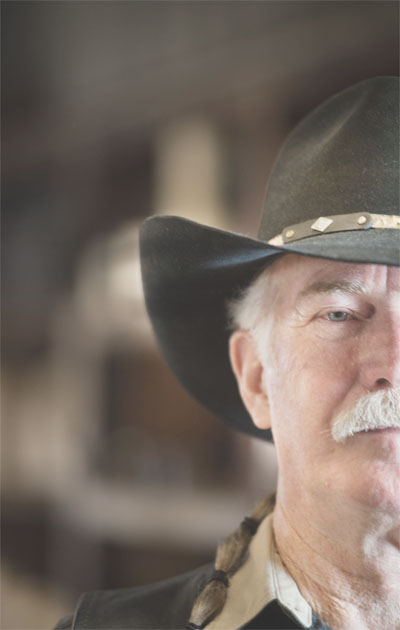As I edit my latest manuscript of the Bobby Navarro series, I’ve been struck with how different the editing process is from first creating the draft. I once read a very interesting book on drawing. It talked about our brain functions differing from one side the brain to the other. If the left side dominates, we tend to be very practical and businesslike. When the right side dominates, we become more expressive, creative. When it comes to writing, both aspects are important, but I think the right side often dominates when the major writing takes place. That’s how we achieve flowing prose, memorable descriptions of landscapes, objects and people, and scenes that bring out the emotions. Then there’s the editing process. . .
Those wonderful paragraphs we putdown as the best prose we ever wrote probably need severe editing. I’ve listened to prose so filled with expression and feeling that I had to question whether the writing should only have been read in private, and not aloud. It seemed so metaphorically enriched that it had nothing to do with the story and everything to do with the writer’s personal needs and wants. At best, it reflected the writer’s love affair with words and not the tempo and purpose of the story. At the worst, it expressed the writer’s sexual frustration. Time for the left side of the brain to stand up and insist on those decisions to shorten, change or cut unneeded or irrelevant verbiage.
I’ve also read prose that had been carefully crafted to adhere to every rule taught in an undergraduate English class, as well as reflect all the ‘advice’ from myriad sources talking about what you can and cannot do when writing. This sort of writing chokes off any creativity the writer might have remaining, hidden in shame in the background of his or her mind. For those writers, there needs to be some inner permission to express feelings, emotions, thoughts, fears, and so forth. The right side of the brain needs to stand up to the tyranny of the left for a while.
Editing calls for both sides of the brain to get an intensive workout, almost simultaneously, and pretty much consciously. When first writing a manuscript, you can let your creative side run free of excess thought or control. Right brain dominance. But when editing, you need to pick up the grammatical errors, instances of poor wording, and fix problems of plot holes or errors. You also need to come up with creative writing solutions and wording improvement as you go. Perhaps this is why it is so easy to miss something in the first place. If we are thinking about the scene we are working on or trying to achieve better wording, it is easy to overlook a misspelling or erroneous detail.
Writers talk about tricks they use in the editing process. For example, it’s good to read your work aloud. Hearing the prose read aloud makes it easier to know something doesn’t work well. If you stumble over your own words while reading aloud, your reader will probably have difficulty too. Then, there is something I call the sleep factor. If you find yourself skipping over sentences or sections of your manuscript, or mentally drifting off to sleep, it needs reworking. I think you need both sides of your brain fired up to hear a story falter. No wonder editing is difficult work. Any thoughts?

















